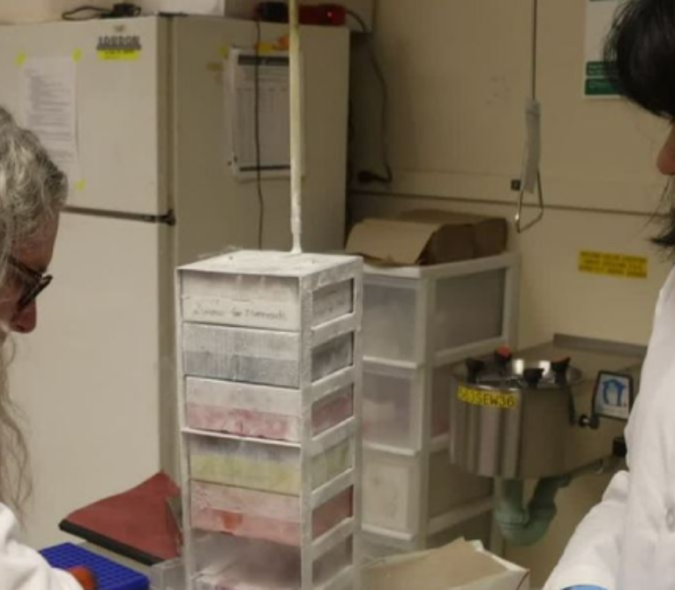
Y225A induces long-range conformational changes in human prion protein that are protective in Drosophila
Dr. Fernandez-Funez and fellow researchers published an article in the Journal of Biological Chemistry in which they share the findings from their research on prion disease. They learned that replacing Y225 in human Prion protein with A225 from rabbit prion protein, may reduce the risk of this fatal disease in mammals. In contrast to humans, rabbits are resistant to prion diseases.
Prion protein (PrP) misfolding is the key trigger in prion diseases. Yet the sequence and structural determinants of PrP conformation and toxicity are not known in detail. This paper describes the impact of replacing Y225 in human PrP with A225 from rabbit PrP, an animal resistant to prion diseases. Molecular dynamics (MD) simulations of human PrP-Y225A shows stabilization of the β2-α2 loop into a 310-turn vs. 6 different conformations identified in WT. Expression of human PrP in Drosophila showed that the Y225A mutant exhibits less toxicity in the eye and in brain neurons and less accumulation of insoluble PrP than PrP-WT. Overall, this work demonstrates that Y225A lowers toxicity in Drosophila by promoting a structured loop conformation that increases the stability of the globular domain. These findings are significant because they shed light on the key role of distal helix 3 on the dynamics of the loop and the entire globular domain.
Pedro Fernandez-Funez, PhD, is an Associate Professor in the department of Biomedical Sciences at the Medical School, Duluth Campus. His bench research focuses on using the common fruit fly, drosophila, to develop models to study neurodegenerative disease.
Read the full article here



